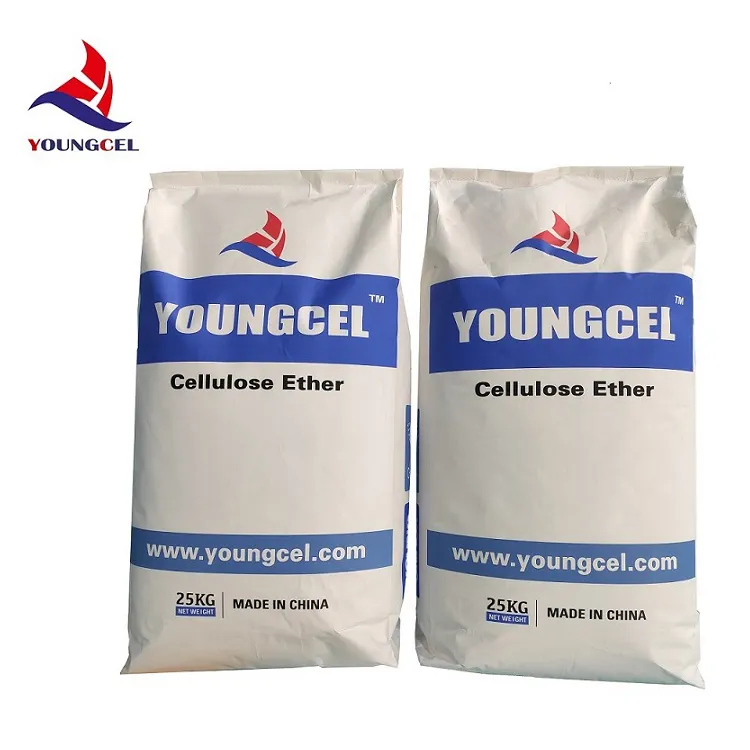Understanding Cellulose Ether Prices A Comprehensive Overview
Cellulose ethers are a versatile group of compounds derived from cellulose, a natural polymer found in plant cell walls. They are widely used in various industries, including pharmaceuticals, food, cosmetics, and construction. The increasing demand for cellulose ethers has led to fluctuating market prices, which can significantly impact manufacturing costs and product pricing. This article delves into the factors influencing cellulose ether prices, market trends, and future outlook.
Factors Influencing Cellulose Ether Prices
1. Raw Material Availability The primary raw material for cellulose ether production is cellulose, which is sourced from wood pulp, cotton, or other plant materials. Prices of these raw materials can fluctuate due to changes in agricultural practices, climate conditions, and global trade dynamics. For instance, any disruption in the supply chain, such as unfavorable weather conditions affecting cotton or timber production, can lead to increased cellulose prices, subsequently affecting the cost of cellulose ethers.
2. Production Process & Technology The manufacturing of cellulose ethers involves complex chemical processes that often require significant investment in advanced machinery and technology. Innovations in production techniques can lead to cost reductions; however, if companies are unable to adopt these advancements rapidly, their production costs may remain high, affecting the final prices of cellulose ethers.
3. Regulatory Environment Regulatory standards impose restrictions on the types of substances that can be used in certain applications, particularly in the food and pharmaceutical industries. Compliance with these regulations often necessitates additional testing and quality assurance measures, increasing production costs. Consequently, manufacturers may pass these costs onto consumers, influencing the overall price of cellulose ethers.
4. Global Demand and Supply Dynamics The demand for cellulose ethers is influenced by market trends in various sectors, such as construction and pharmaceuticals. For example, the booming construction industry, driven by urbanization and infrastructure development, has led to increased applications of cellulose ethers in cement and plaster formulations. This surge in demand can lead to higher prices, particularly if supply cannot keep pace.
5. Competition and Market Structure The cellulose ether market is characterized by a mix of global and regional players. Intense competition can lead to price wars, while oligopolistic behavior may result in price stabilization or increases. The market structure significantly affects price elasticity, where high demand coupled with limited supply can lead to soaring prices.
cellulose ether price

Current Market Trends
As of late 2023, the cellulose ether market is witnessing robust growth, driven by several factors. The pharmaceutical sector's evolving needs for excipients in drug formulations are pushing manufacturers to increase production capacities, leading to short-term price hikes. Additionally, the push for sustainable products has spurred interest in renewable raw materials for cellulose ether production, potentially moderating prices in the long run.
Moreover, the rise in biopolymers and biodegradable materials in response to environmental concerns is reshaping manufacturing priorities. While the transition to greener production methods may initially drive costs up, the long-term benefits could result in a more stable pricing structure as processes become more efficient.
Future Outlook
Looking ahead, the cellulose ether market's pricing landscape is complex and influenced by multiple factors. Analysts predict that as technology advances and production efficiencies increase, there may be opportunities for cost reductions. Additionally, the growing emphasis on sustainability and eco-friendly practices could foster innovation within the industry, potentially leading to new cellulose ether formulations that meet evolving consumer demands.
However, external factors such as geopolitical tensions, trade policies, and environmental regulations may continue to influence raw material availability and subsequently affect cellulose ether prices.
In conclusion, cellulose ether prices are shaped by a combination of raw material costs, production processes, regulatory pressures, market dynamics, and emerging trends. As industries adapt to changing demands and seek more sustainable practices, the cellulose ether market is likely to experience continued evolution, making it crucial for stakeholders to stay informed about market shifts and pricing strategies to remain competitive.
-
Rdp Powder: Key Considerations for Wholesalers in the Building Materials IndustryNewsJul.08,2025
-
Key Considerations for Wholesalers: Navigating the World of Hpmc - Based ProductsNewsJul.08,2025
-
Hpmc Detergent: Key Considerations for WholesalersNewsJul.08,2025
-
Key Considerations for Wholesalers: China Hpmc For Tile Adhesive, Coating Additives, Concrete Additives, and MoreNewsJul.08,2025
-
Crucial Considerations for Wholesalers: Navigating the World of Construction MaterialsNewsJul.08,2025
-
Key Considerations for Wholesalers Sourcing Additive For Cement, Additive For Concrete, Additive For Putty from Additive Manufacturer Shijiazhuang Gaocheng District Yongfeng Cellulose Co., Ltd.NewsJul.08,2025




